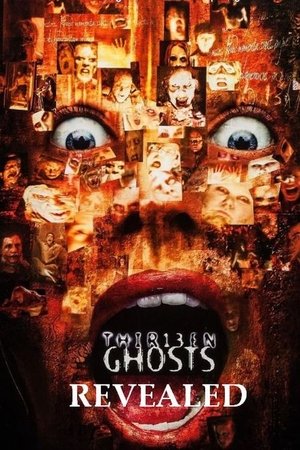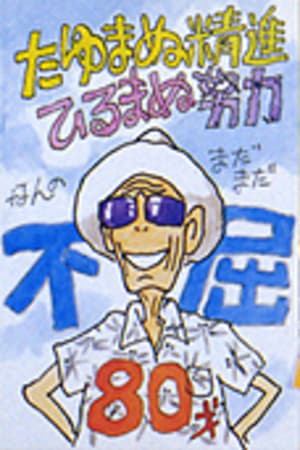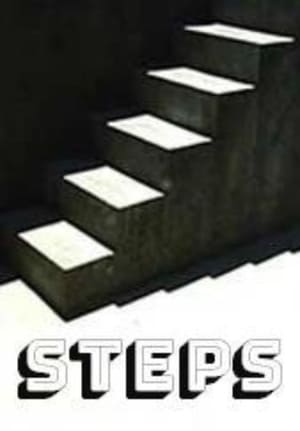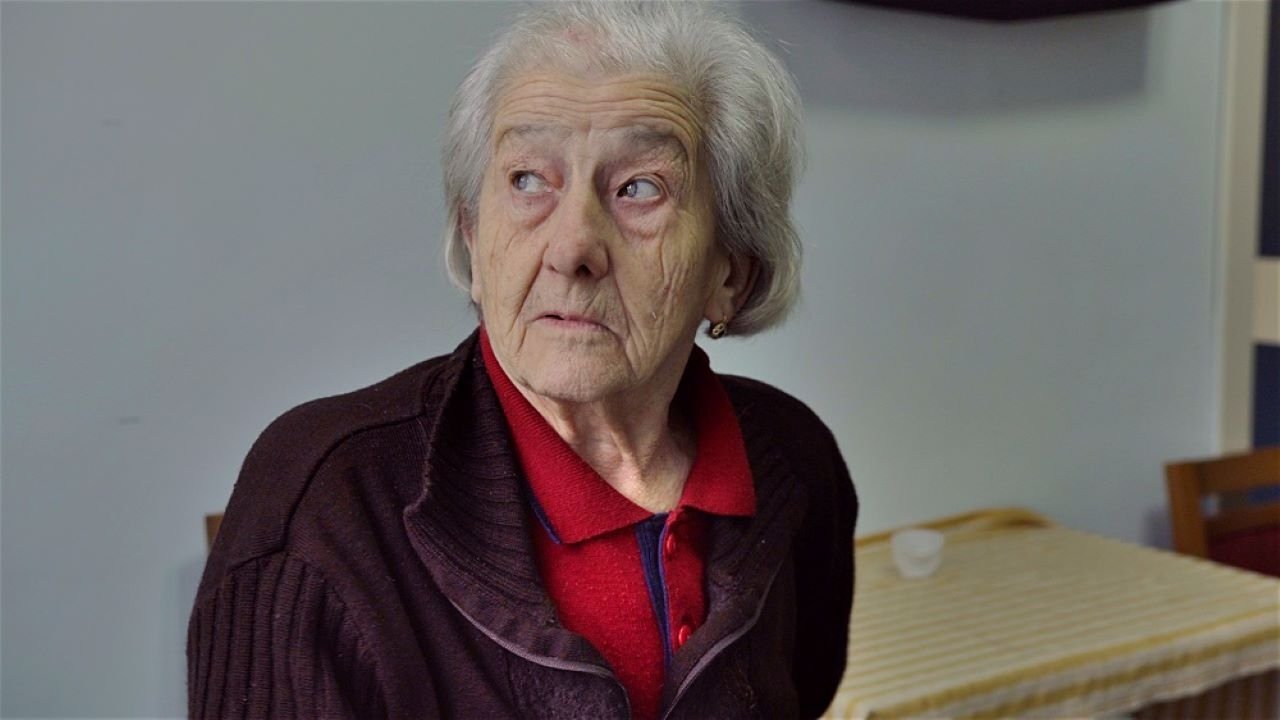
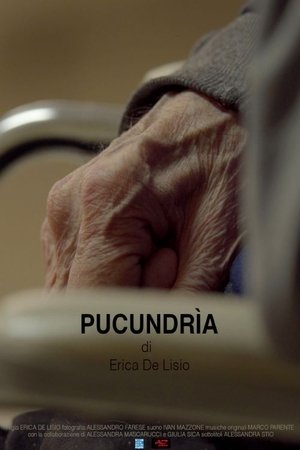
Pucundrìa(2019)
In a retirement home in a small town surrounded by mountains, the daily lives of the people who live there alternate. Them inside, the world outside. An imbalance that manifests itself in "Pucundrìa", an indefinable feeling of melancholy, boredom and perennial dissatisfaction, which leads to an unconscious resignation for what has not been, is not and can never be.
Movie: Pucundrìa

Pucundrìa
HomePage
Overview
In a retirement home in a small town surrounded by mountains, the daily lives of the people who live there alternate. Them inside, the world outside. An imbalance that manifests itself in "Pucundrìa", an indefinable feeling of melancholy, boredom and perennial dissatisfaction, which leads to an unconscious resignation for what has not been, is not and can never be.
Release Date
2019-10-14
Average
0
Rating:
0.0 startsTagline
Genres
Languages:
ItalianoKeywords
Similar Movies
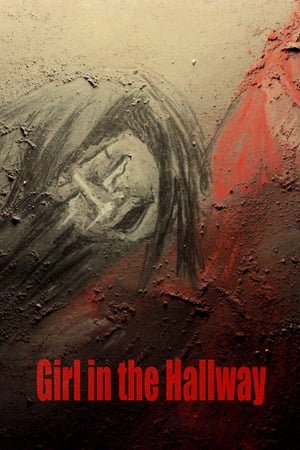 6.0
6.0Girl in the Hallway(en)
A story from childhood and an indelible image continue to haunt Jamie many years later.
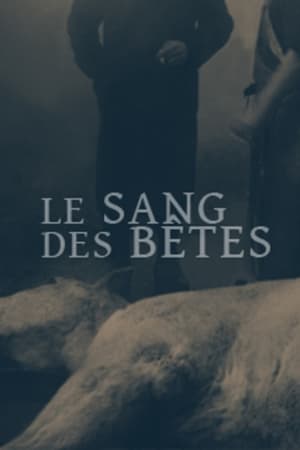 7.5
7.5Blood of the Beasts(fr)
An early example of ultra-realism, this movie contrasts the quiet, bucolic life in the outskirts of Paris with the harsh, gory conditions inside the nearby slaughterhouses. Describes the fate of the animals and that of the workers in graphic detail.
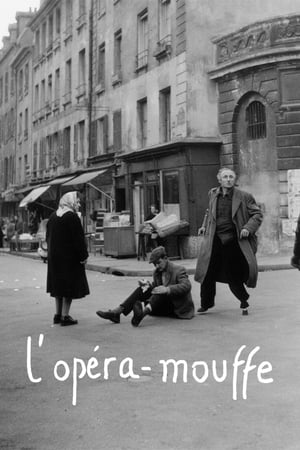 6.6
6.6Diary of a Pregnant Woman(fr)
Impressions of the rue Mouffetard, Paris 5, through the eyes of a pregnant woman.
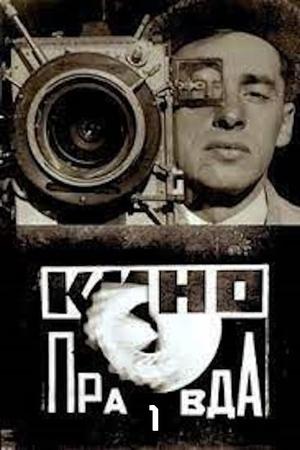 5.5
5.5Kino-Pravda No. 1(ru)
Dziga Vertov-directed Soviet newsreel covering: Starving children / Requisitioning of valuables possessed by the Russian Orthodox Church / Fundraising flights in support of the hungry / Trial of the Socialist Revolutionaries.
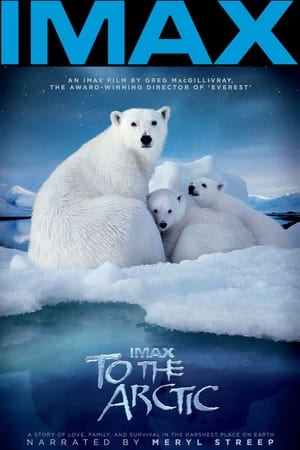 6.5
6.5To the Arctic 3D(en)
A journey into the lives of a mother polar bear and her two seven-month-old cubs as they navigate the changing Arctic wilderness they call home.
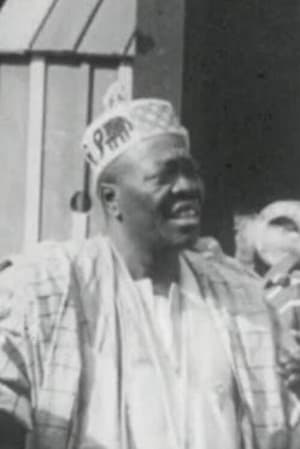 0.0
0.0African Visitors to the Tower of London(en)
An African entourage makes a spectacular appearance in postwar London.
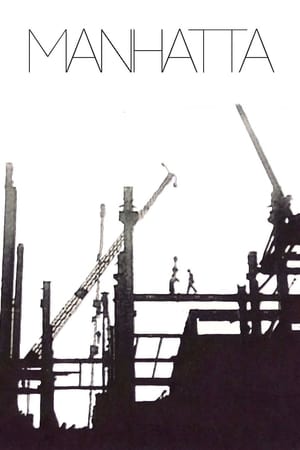 6.7
6.7Manhatta(en)
Morning reveals New York harbor, the wharves, the Brooklyn Bridge. A ferry boat docks, disgorging its huddled mass. People move briskly along Wall St. or stroll more languorously through a cemetery. Ranks of skyscrapers extrude columns of smoke and steam. In plain view. Or framed, as through a balustrade. A crane promotes the city's upward progress, as an ironworker balances on a high beam. A locomotive in a railway yard prepares to depart, while an arriving ocean liner jostles with attentive tugboats. Fading sunlight is reflected in the waters of the harbor. The imagery is interspersed with quotations from Walt Whitman, who is left unnamed.
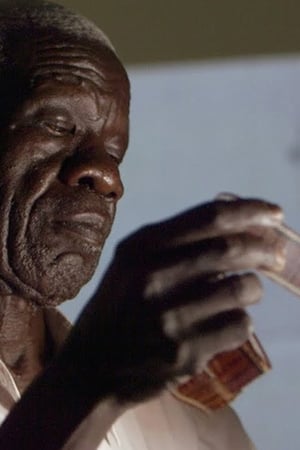 0.0
0.0Sudan's Forgotten Films(en)
Benjamin and Awad run Sudan's national film archive. The two men, who have worked together for more than 40 years, are devoted to protecting their country's visual memories. Home to some 13,000 films, the archive preserves pivotal moments of Sudan's turbulent history and is one of the largest in Africa. But the archive is in a fragile state. Following years of neglect and poor storage, many film reels are turning to dust in Sudan's unforgiving tropical climate. The two friends are determined to turn it around and embark on a mission to save the old films. Will they succeed in preserving Sudan's visual history for future generations before it's too late?
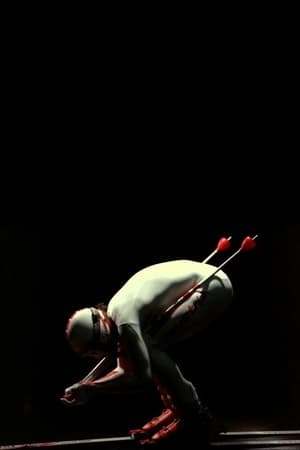 0.0
0.0Skiing Scenes With Franz Klammer(pl)
A 'creative documentary' about an Austrian skier who was known during the 70s. Examined from a biographical / visual standpoint.
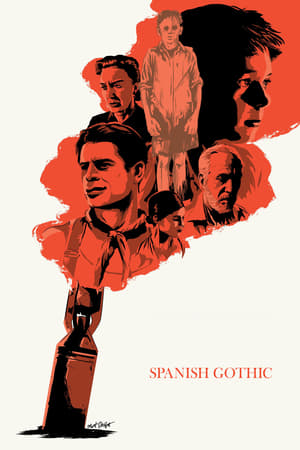 0.0
0.0Spanish Gothic(en)
This 2010 interview with writer-director Guillermo del Toro, conducted by Javier Soto, explores the influence of the Spanish Gothic genre on 'The Devil's Backbone' and del Toro's 2006 Academy Award-winning feature, 'Pan's Labyrinth'.
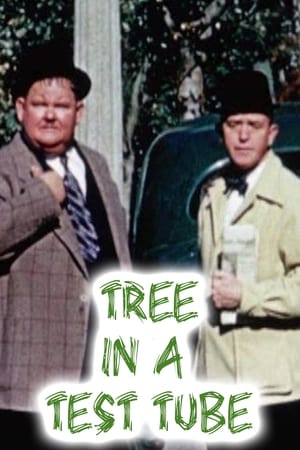 4.9
4.9The Tree in a Test Tube(en)
Stan Laurel and Oliver Hardy are stopped by narrator Pete Smith for the purpose of showing the audience how much wood and wood by-products the average person carries.
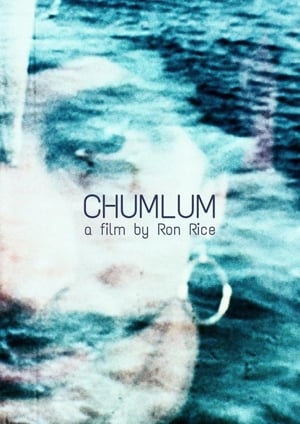 6.0
6.0Chumlum(en)
Ron Rice's Chumlum is one of those films in which the conditions of its construction are integral to the experience of watching it. It is a record of a cadre of creative people having fun on camera, playing dress-up, dancing, flirting, lazing around.
 5.0
5.0Destination Dune(en)
A short documentary that was originally produced to promote the film at conventions and publicity events in the lead-up to its release.
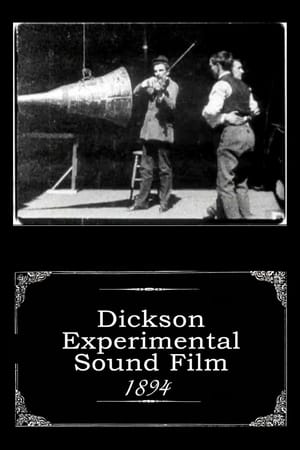 6.1
6.1Dickson Experimental Sound Film(en)
William K.L. Dickson plays the violin while two men dance. This is the oldest surviving sound film where sound is recorded on the phonograph.
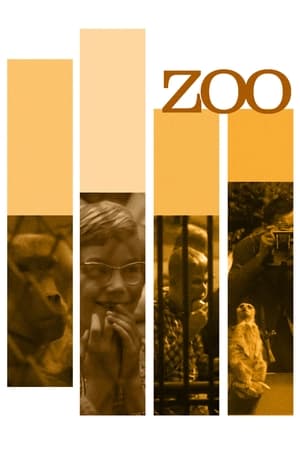 6.9
6.9Zoo(nl)
A perfect, fast and hilarious montage. Using images from Artis (Amsterdam Zoo), Bert Haanstra shows that a couple of similarities can be discovered between human and animal. Particularly the manner in which human and ape are confronted with each other, is significant. The images speak for themselves, human voices or commentary is absent. The ironic music of Pim Jacobs does add an extra dimension to the whole. With regards to human and animal Haanstra limits himself for the time being to this short film, recorded with a hidden camera. Later on, in several big films, he would return to this subject.
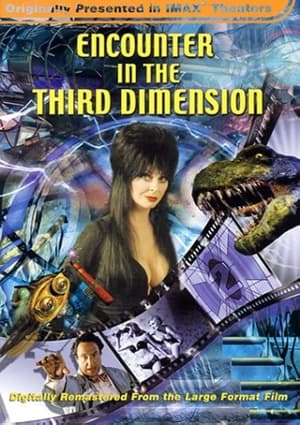 6.8
6.8Encounter in the Third Dimension(en)
The Professor, helped by his flying robot M.A.X., tries to show us the history of 3-D film, and his newest innovation, Real-O-Vision (ride films). But his hardware keeps breaking down, particularly when he's trying to introduce a music video of Elvira. Written by Jon Reeves
Black Cats and Broomsticks(en)
Superstitions are examined in the context of mid-20th century America. Walking under ladders, spilt salt, stepping on cracks, haunted houses, voodoo dolls, and such are used to illustrate the widespread belief in the supernatural.
